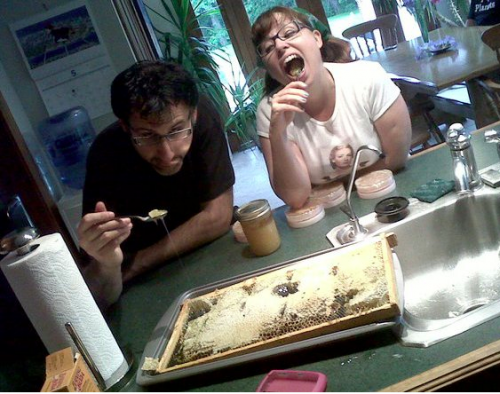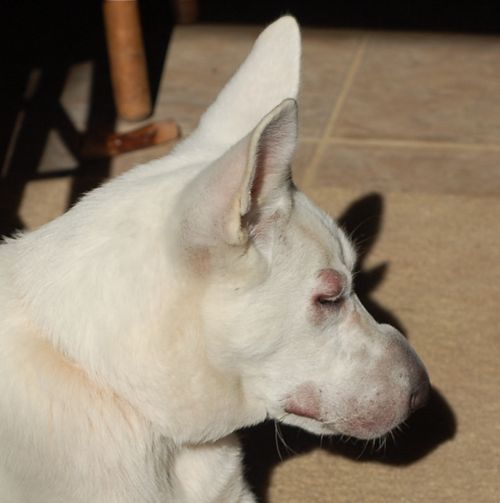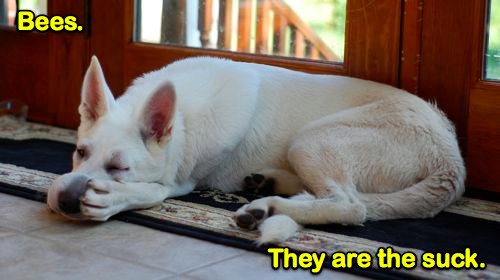So the other day I posted a short video showing a hermit thrush singing from the folks over at Music of Nature. I noticed that they also have a wood thrush video on their YouTube channel too (this is another bird that is a moral imperative to listen to): [youtube]http://www.youtube.com/watch?v=jrmxlez2cAg[/youtube]
This video cracked me up. Did you notice how many times the bird sang a phrase and then flew? I was actually surprised that the videographer got the bird perched for more than one phrase--but noted how the bird was always obscured by a branch or leaves. It reminded me of when I was a kid and my parents moved to a new home and we had one of these singing in the yard. You didn't have access to all the bird id CDs and apps back then like you do today.
So one Saturday morning my mom and I spent an hour trying to track this bird down in the tops of the trees. After each song phrase it fluttered to another leafy branch, hiding in obscurity. The longer it took, the more I fantasized this would be something cool and so beautiful it HAS to hide, maybe even a painted bunting. I remember feeling like such a chump that that it was brown and fairly colorless. How could something so brown have a song so pretty?
Now I know better and it's one of my favorite songs and sometimes I get to hear it out around the beehives. But all that searching we did to see it makes me appreciate all the work the videographer went through to give us such a wonderful glimpse to a secretive singer.


















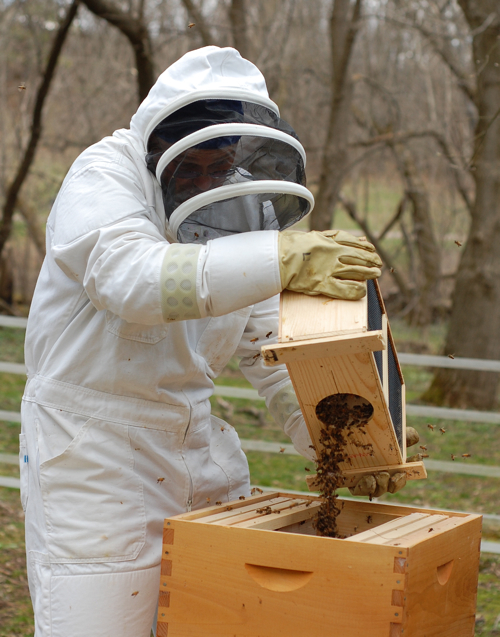 This is
This is 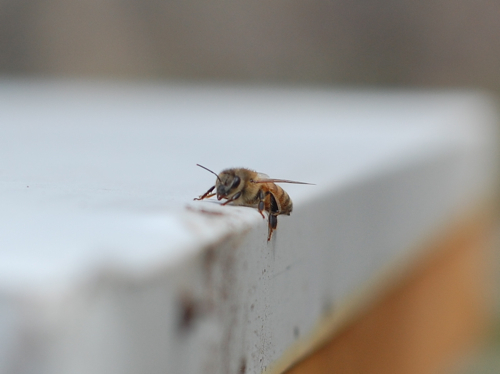
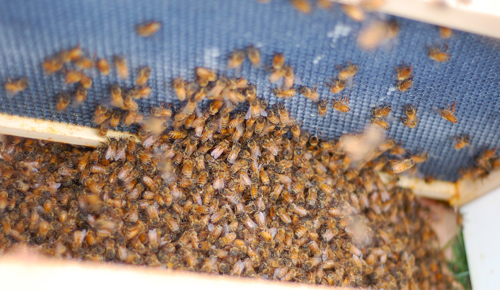
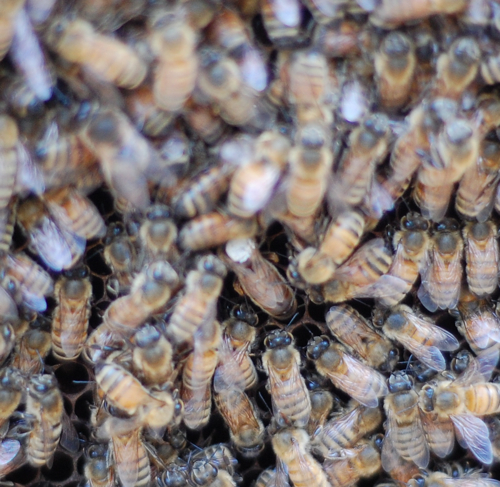
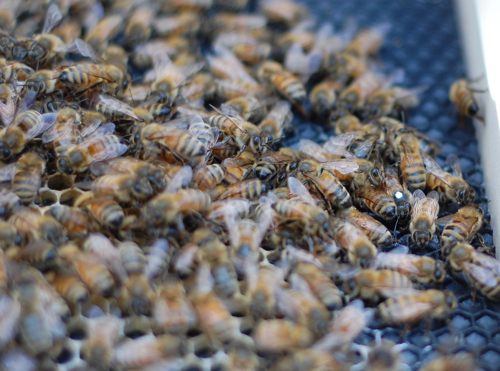
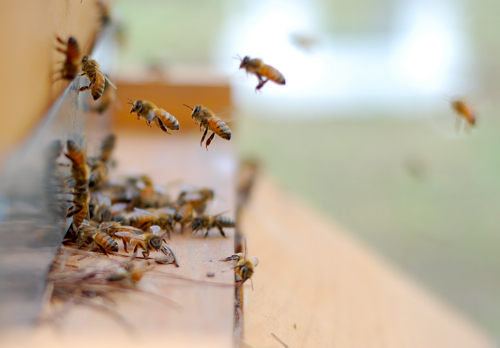
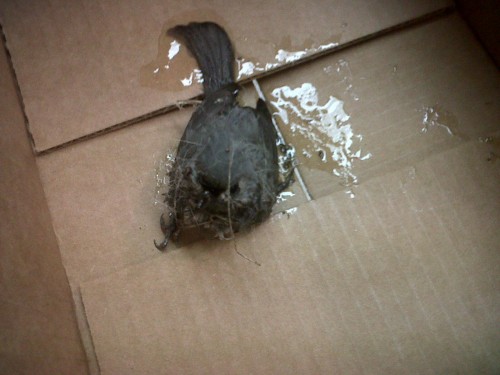
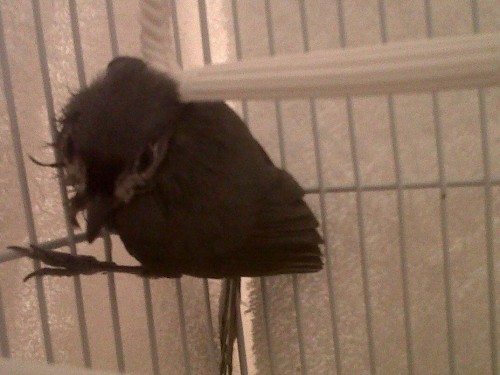
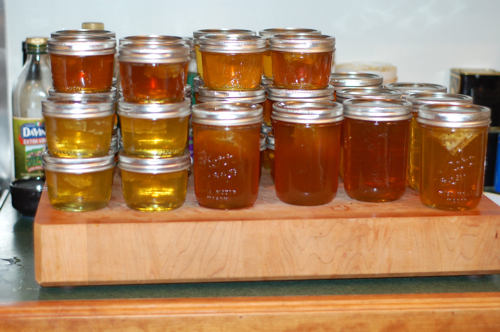
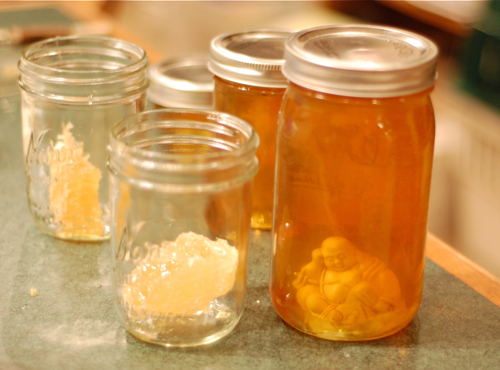
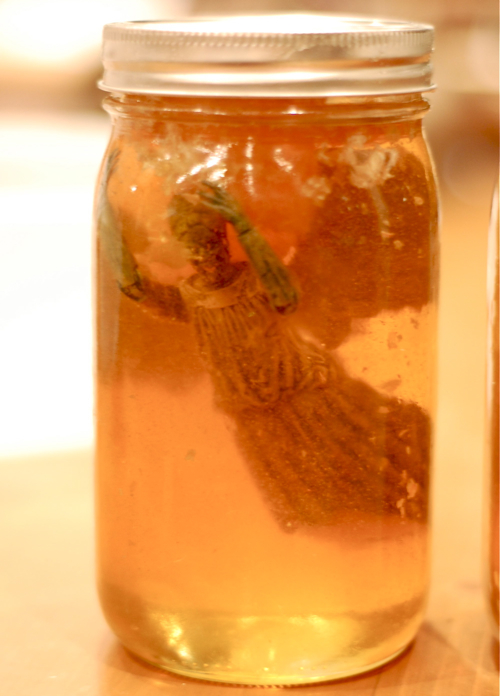
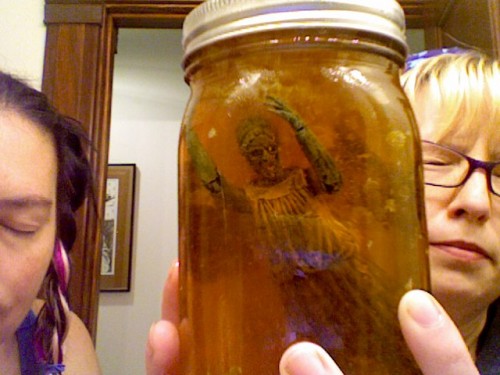



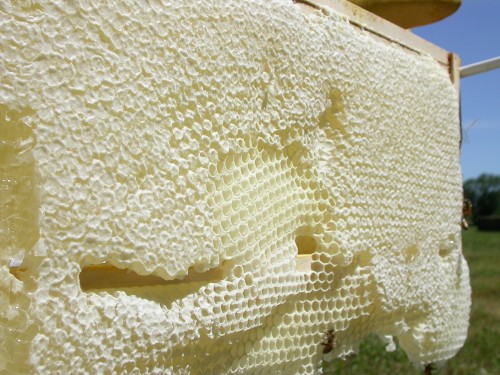 It's that special time of year when
It's that special time of year when